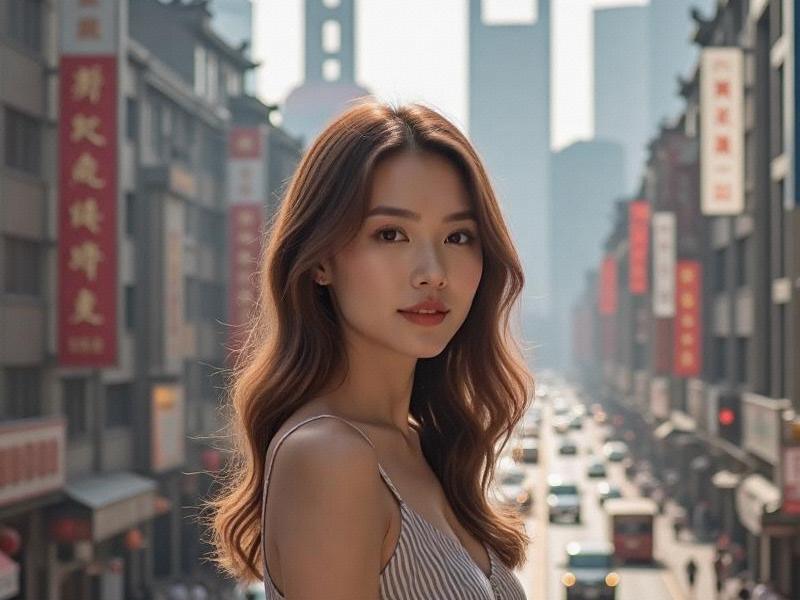This 2,600-word cultural investigation examines how Shanghai women are redefining traditional beauty concepts through professional achievement, educational advancement, and cultural leadership in China's global city.

1. Historical Foundations:
• 1920s-1940s: The Original "Modern Girls"
- Soong sisters as early prototypes
- Nanyang tobacco advertising imagery
- Qipao fashion revolutions
• Socialist Era Transformations:
- Female factory worker iconography
- Cultural Revolution uniformity
- Barefoot doctor representations
2. Contemporary Archetypes:
✓ Professional Elite:
- Lujiazui finance executives (32% female)
- Tech startup founders
- Legal/medical specialists
✓ Creative Class:
新上海龙凤419会所 - Contemporary artists
- Fashion designers
- Digital content creators
✓ Cultural Custodians:
- Kunqu opera performers
- Heritage craft preservers
- Museum curators
3. Education & Empowerment:
• Academic Leadership:
- Fudan University gender ratios
- STEM field breakthroughs
- Overseas education trends
• Professional Networks:
- Women's business associations
上海花千坊爱上海 - Mentorship programs
- Investment clubs
4. Beauty Industry Dynamics:
• Market Characteristics:
- ¥58B annual beauty economy
- Cosmetic surgery trends
- Traditional medicine influences
• Cultural Hybridization:
- Korean-Japanese beauty adaptations
- Guochao (national trend) makeup
- Sustainable beauty movements
5. Media Representation:
• Advertising Evolution:
爱上海419 - 1990s "White collar beauty" trope
- Contemporary diversity campaigns
- Age-inclusive messaging
• Digital Personas:
- Xiaohongshu influencers
- Bilibili content creators
- Douyin live-streamers
6. Social Challenges:
• Workplace Discrimination
• Marriage Pressure
• Ageism
• Work-Life Balance
"Shanghai women today navigate a complex matrix of global influences and local expectations," observes sociologist Dr. Li Xiaowei. "Their beauty standards increasingly reflect professional competence and cultural confidence rather than passive aesthetics."
The report incorporates census data analysis, 41 interviews across generations, and comparative studies with other Asian metropolises. Visual elements include archival photography comparisons and infographics tracking educational/economic advancement.